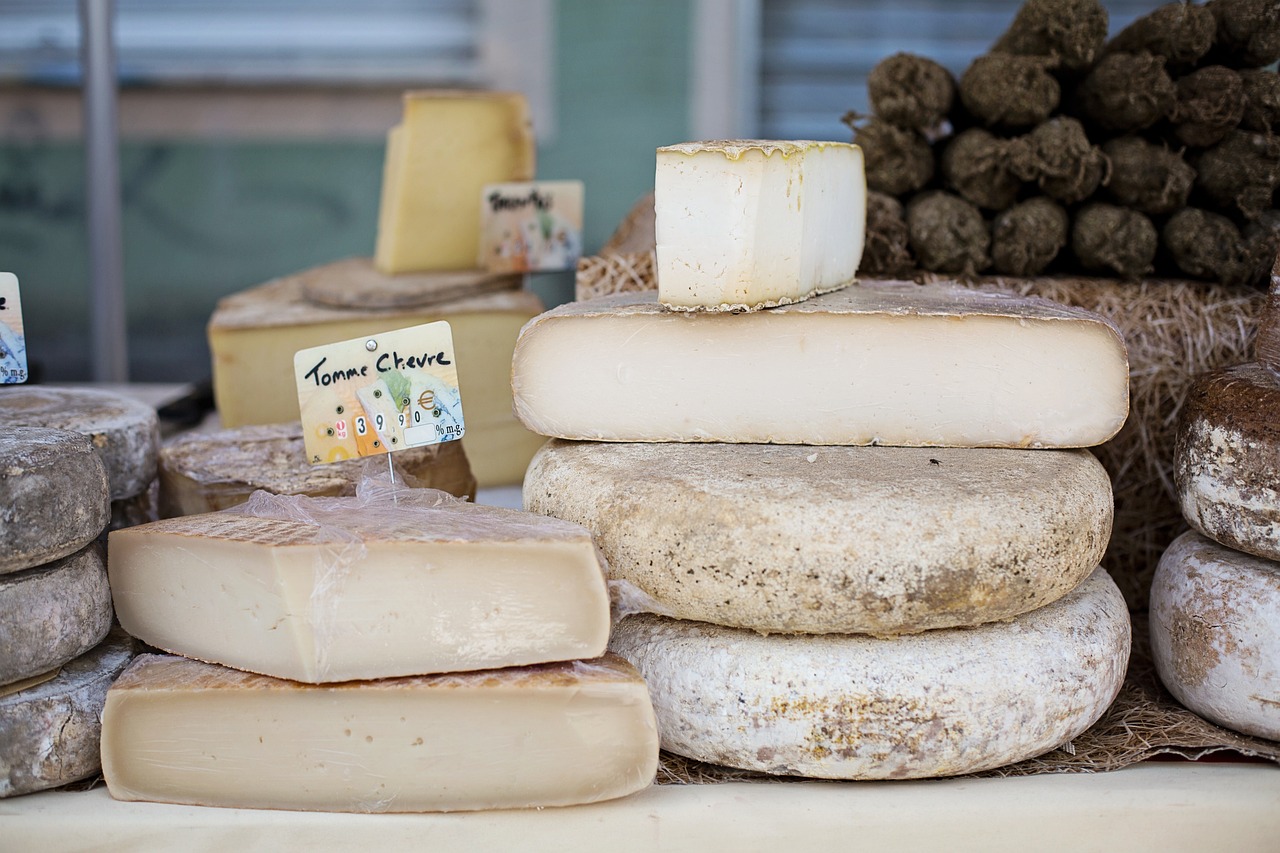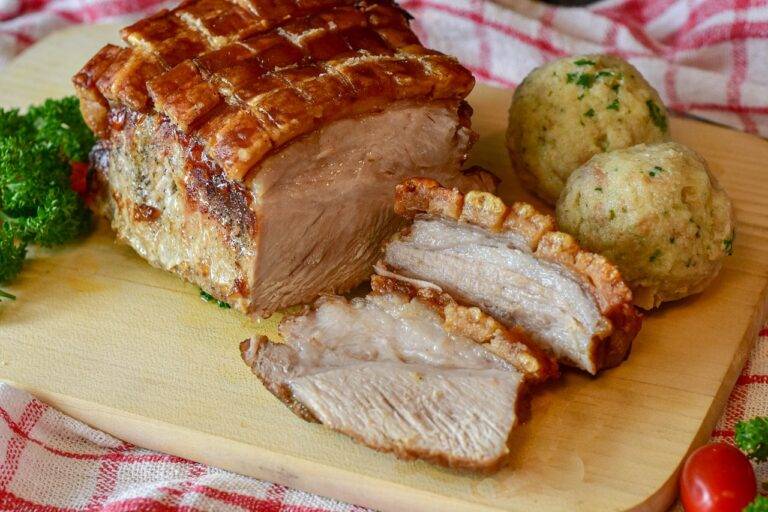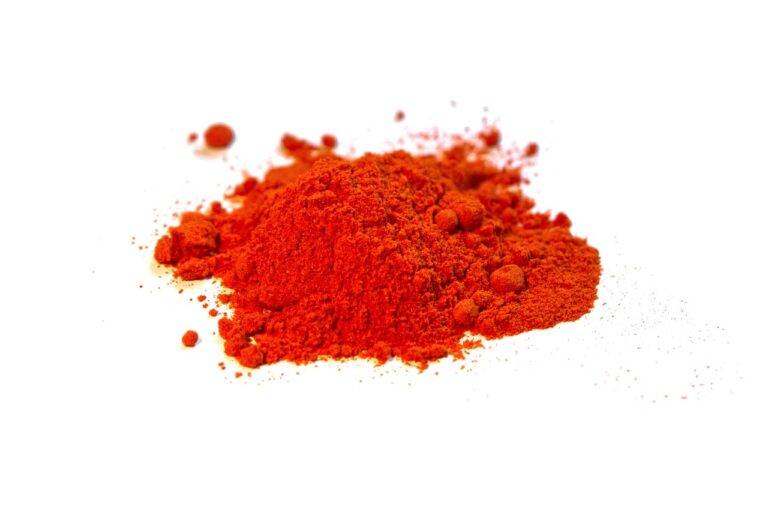The Science of Food Texture: Exploring the Role of Mouthfeel in Culinary Enjoyment
Food texture plays a crucial role in shaping our culinary experience. It encompasses a spectrum of sensations experienced when consuming food, such as crispiness, smoothness, chewiness, and crunchiness. The varying textures in a dish not only provide a pleasurable tactile experience but also enhance the overall enjoyment of flavors.
Texture influences how we perceive the taste of food. For example, the crunchiness of a roasted vegetable adds a layer of sensory delight to the sweetness and earthiness of the vegetable itself. Similarly, the smooth and creamy texture of a velvety soup can elevate the richness of its flavors. Understanding the role of texture in culinary creations allows chefs to create more complex and satisfying dishes that tantalize not only the taste buds but also the sense of touch.
Understanding the Role of Texture in Taste Perception
Texture plays a crucial role in the overall culinary experience, influencing how we perceive taste. It goes beyond just the flavor of the food; texture adds another dimension to our enjoyment of a dish. The way food feels in our mouths can greatly impact our perception of its taste, with certain textures enhancing or detracting from the flavors present.
For example, the crispiness of fried foods can add a satisfying contrast to the tenderness of the interior, creating a harmonious balance of textures that elevate the taste. On the other hand, a soggy or mushy texture can dampen the enjoyment of a dish, even if the flavors are delicious. Understanding how different textures interact with flavors is key to creating well-rounded and satisfying culinary experiences.
Why is food texture important in the culinary experience?
Food texture plays a crucial role in the overall enjoyment of a dish. It can affect how the flavors are perceived, the satisfaction derived from eating, and even the way a dish is presented.
How does texture influence taste perception?
Texture can enhance or detract from the taste of a dish. For example, a crunchy texture can add contrast and complexity to a soft dish, while a slimy texture may turn off some diners even if the flavors are delicious.
Can texture alone impact how we perceive flavors?
Yes, texture can significantly impact how we perceive flavors. For example, the same flavor profile can taste completely different when presented in different textures (e.g. creamy vs. crunchy).
Are there certain textures that are universally preferred?
Texture preferences can vary greatly from person to person and culture to culture. However, there are some textures that are more universally enjoyable, such as crispy, creamy, and tender textures.
How can chefs use texture to enhance their dishes?
Chefs can use a variety of techniques to manipulate texture in their dishes, such as frying, braising, or pureeing. By carefully considering texture alongside flavor, chefs can create well-balanced and delicious meals.





